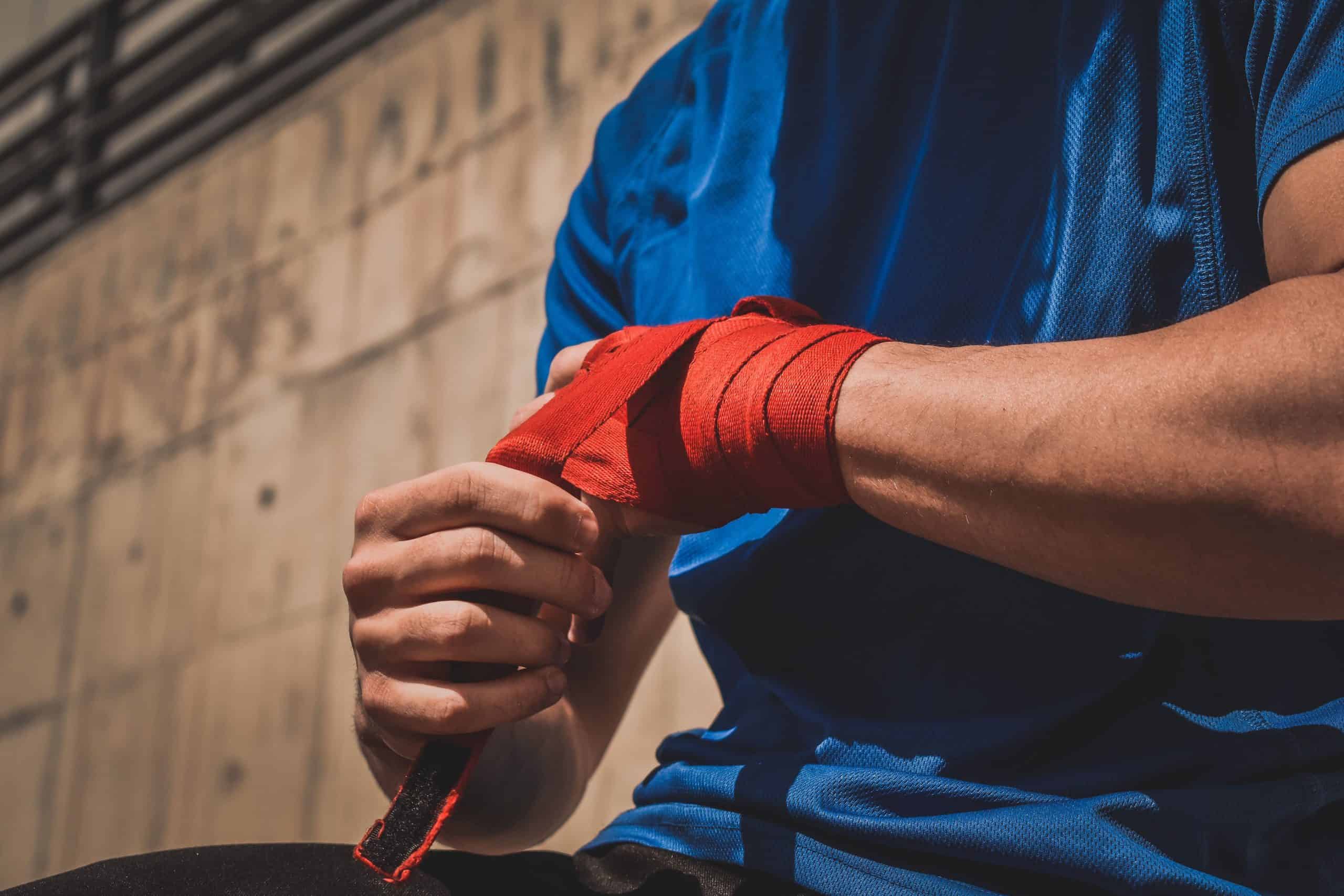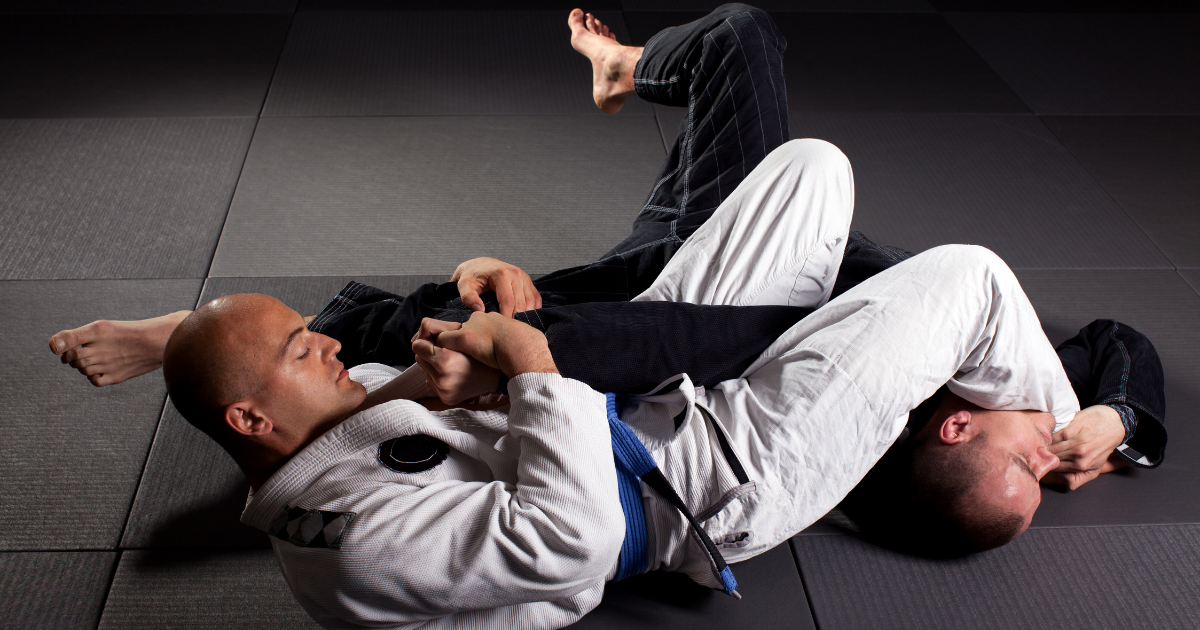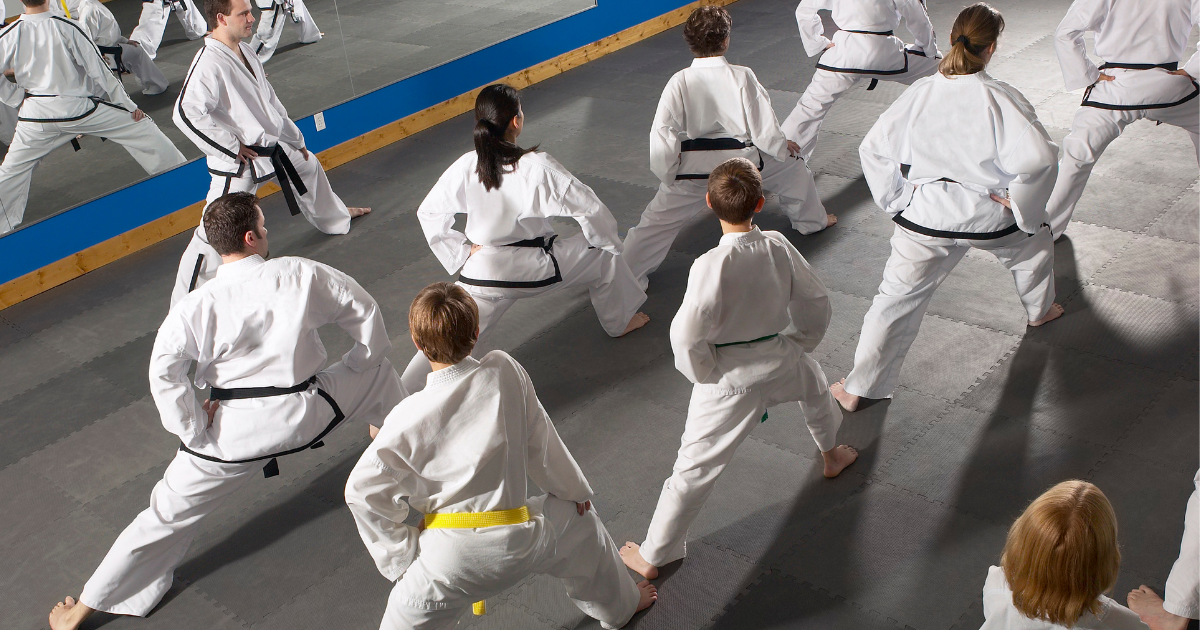
© 2018 All rights reserved
Made with ❤ with Elementor







Did you know that the brain cells make a majority of the connections among themselves before a child turns 10? Well, early childhood developments hold the key to the overall well-being of your children and should not be ignored. Most parents tend to focus primarily on the educational aspect of their children and often ignore the co-curricular activities that have an equally important role to play. Holistic developments aren’t just limited to classroom education but expand way beyond that. One of the best ways to ensure the physical and mental well-being of your ward is to train them in some form of martial arts activities.
A martial art can be explained as codified systems and traditions of combat practice that are used for a wide range of purposes including physical, mental, and spiritual development, self-defense, military and law enforcement, etc. The stigma attached to martial arts in most societies is that it’s only limited to combat sports. However, it is highly effective for other aspects including physical and mental health improvement. There are various types of martial art forms practiced across different countries. Some of the most popular ones include Kung Fu, Muay Thai, Brazilian Jiu-Jitsu (BJJ), Karate, Judo, Krav Maga, etc. One can compare the pros and cons of each to make the right choice.
There are many benefits of learning martial arts for children. Besides physical strength, it also improves mental well-being and creates a positive atmosphere for growth and development. Let’s delve deeper into some of the most crucial benefits of learning martial arts.
The first in the list of benefits that martial art offers include cardiovascular health. Martial art training involves vigorous exercise and physical movements. These dynamic exercises increase the heart rate which helps to build a robust cardiovascular endurance among children and adults both. It helps to improve your overall heart health and keeps cardiovascular diseases at bay to a great extent.
Flexibility and martial arts go hand in hand. All martial arts training involves a fair amount of stretching and other physical exercises which directly contribute to improving the flexibility quotient for an individual. Learning martial arts in the early stages of development is easier and can make children more flexible physically. Different martial art forms involve varied strategies and movements. However, most of them entail throws, high kicks, punches, and other acrobatic evasions. MMA training and Muay Thai drills contribute heavily towards improving your flexibility.
Obesity is far more common in children than you think. Martial art is the perfect way to get your child in shape and reduce excess weight. Most martial art practice sessions involve mild-intensity physical training that can easily cut down up to 500 calories per session. These physical movements are quite intense and can aid in weight loss to a great extent. Obesity can lead to other major diseases as children grow older. It must be addressed as early as possible. Practicing this art form also helps to reduce food cravings which directly contribute to weight loss without any additional input. Keeping a check over what children eat reduces the chance of obesity.
Reflex action can be the best asset in most sports categories and its importance can never be overestimated in combat sports training. Learning martial arts automatically improves reflexes in both children and adults. If you observe a martial art closely, you must have witnessed the fast reflex actions. This is usually developed after years of training. Enrolling children in martial art training at early stages can give them an edge over others. Constant repetition of movements improves reflexes to a great extent which betters your reaction time.
One of the most important benefits of learning martial arts that are often underestimated is the development of balance and correct body postures. The role of balancing and posture is extremely important while performing any stunt act. If the posture is incorrect or the right balance is absent, it could result in severe body injuries including muscle cramps and backache. During the childhood years, bones and muscles are still developing and fragile. Basic martial art training can help to develop the right posture and improve bone and muscle growth among children.
Martial arts training involves practicing different moves frequently to master the same. This requires a great deal of concentration and focus to create the right balance. Children can easily work on improving their focus and concentration using martial art techniques. It is important to note that martial art techniques are not just aimed to improve your physical posture but also work on improving your mental state. Improving focus and concentration will not just be beneficial for martial art exercises but will also help in other aspects such as education.
Discipline is at the core of all martial arts training. Without developing discipline, you will never be able to harness the full potential of any martial art form. Martial art training doesn’t just require one to discipline their mind and body but also aids in developing the same. Discipline is very important and improves all aspects of our living. Individuals can perform better when they are disciplined. It is way easier to inculcate a strong sense of discipline in children than it is for adults.
Martial arts training requires interacting and practicing with different individuals. It requires teamwork and coordination to improve movements and skills. Enrolling children in martial art training sessions can help to nurture key social skills easily. Learning to become a part of the community will inculcate a sense of belongingness towards the same and this will help to improve social skills. The development of social skills is crucial in today’s society as it can help to create a positive perception in other people’s minds. A socially awkward individual will have a hard time interacting and working with different people.
Now that we know how important martial arts can be for children in their holistic development, let’s delve deeper into the best practices that can be followed to impart the same.
Setting up a goal or objective related to the training process is very important. This will help to set specific steps needed to reach the goal and accomplish the objectives set. What skills and abilities can the students expect to develop by the end of the training period? Answering this question is important to developing the required training curriculum for students. You must focus on the final results that they will achieve at the end of the training period. This should include all skills and abilities including social, physical, psychological, academic, etc.
Developing a training curriculum is another great way to ensure a great training experience for students. Creating a training curriculum that caters to children of different age groups is important. Trainers must aim to customize their curriculum based on the age group and skills of students enrolling in the program. Don’t teach children the same thing that you will teach to an adult student. A well-defined curriculum that is specially curated for children will also keep them interested in learning more. The martial art classes should be a mixture of fundamental movement skills, psychological development skills, and other basic martial arts training.
Grading and certifications for different martial art programs can help to inculcate a sense of achievement in students. Children will be highly motivated to learn new techniques when they are certified in old ones. Always classify different levels of training and assign belts to those who clear a particular level or grade. You must set your criteria based on the standards followed by other training institutes and promote students when they can demonstrate the moves easily.
Ensuring a safe training experience for the students, especially when they are young is crucial. Training facilities must ensure that they are equipped with the right protective gear. Children always love some new training equipment and it can boost their morale as well. The gears could range from boxing gloves to shin guards and other MMA training equipment. It is also recommended to deliver classes on the matted floor as an extra protective measure for children. Besides this, you need to have basic facilities like washrooms and waiting areas for parents since most children will be accompanied by their parents or guardians. Some essential training equipment that your facility must have includes reflex balls, medicine balls, foam balls, kick paddles, cones, hoops, pro cobra reflex bags, etc.
The idea of having key values for your program is to help your students understand the importance of the training being imparted to them. It should be at the core of any martial arts program for children. Before you go on with listing the values, it is also important to show why it is present in the program and how they will be promoted through your training curriculum. Always be mindful of the values that you are establishing, they should align with the values taught in the traditional martial art forms.
Choosing the right martial art form can be a real game-changer for children. However, it takes time to properly evaluate and compare the benefits of different art forms to find the best fit. Here are some of the best martial art forms that children can practice for self-defense, physical and mental fitness.
When it comes to training children in martial arts, most parents resort to this Korean martial art form that primarily involves punching and kicking techniques. The major emphasis is laid on different types of kicking techniques including head-height kicks, spinning jump kicks, and other fast kicking methods. It helps to improve flexibility, muscle strength, and balance acumen.
Another popular martial art technique in this list that is popular among both children and adults is the Muay Thai form. Muay Thai was developed in Thailand and it translates to ‘Thai Boxing’. The idea is to use ‘eight limbs’, namely, knees, elbows, shins, and fist to defeat the opponent by using various clinching and striking methods. It is relatively easy to learn and helps to build mental toughness. For improving striking accuracy students can also learn from watching relevant training videos.
One of the oldest martial art forms that have existed for centuries is wrestling. It is a popular combat sport that involves an array of grappling techniques including clinching, pins, joint locks, etc. Wrestling is one of the toughest martial art sports that requires both physical and mental toughness. Practicing wrestling from an early age can help children to become mentally and physically strong. Many popular wrestlers have taken wrestling to another level and increased its popularity among audiences across the globe.
Brazilian Jiu-Jitsu has been created from the traditional Jiu-Jitsu and Judo. It is also referred to as ‘the gentle art’ and is ideal for children. It involves different types of grappling and submission techniques on the ground. Players have to use different techniques to take control over their opponents and force them into submission.
This helps to teach valuable life skills such as patience, problem-solving, etc. BJJ also helps to develop cardiovascular strength through breath control techniques.
Mixed Martial Arts (MMA) has become immensely popular across the globe over the last decade. It is ideal for those children who want to be all-rounder, martial artists. It teaches important pragmatic techniques from a wide range of martial art forms and prepares you for real-life combat situations. MMA is also a very rewarding career option for those who want to indulge in this field professionally.
This was a comprehensive guide on how martial art can be helpful for the holistic development of children. Enrolling children in martial arts training from an early stage can help to shape them into better adults who have good physical and mental stability. The core values of traditional martial arts that are taught during the training also apply to different aspects of everyday living.
© 2018 All rights reserved
Made with ❤ with Elementor
4 Responses
Fantastic Post! You shared a great piece of content. Thank you for sharing with us. It would really be helpful for everyone.
I like how you talk about both the physical and the social benefits of taking martial arts. My sister’s kids are getting old enough to start sports and she’s been thinking about signing them up for something. We’ve been looking into martial arts and karate because of all its benefits and helpfulness.
Good post. I learn something new and challenging on blogs I stumbleupon on a daily basis. Its always exciting to read content from other authors and use a little something from other web sites.
This insightful read on martial arts’ role in children’s holistic development! This blog highlights valuable benefits and practical advice. Well-presented!